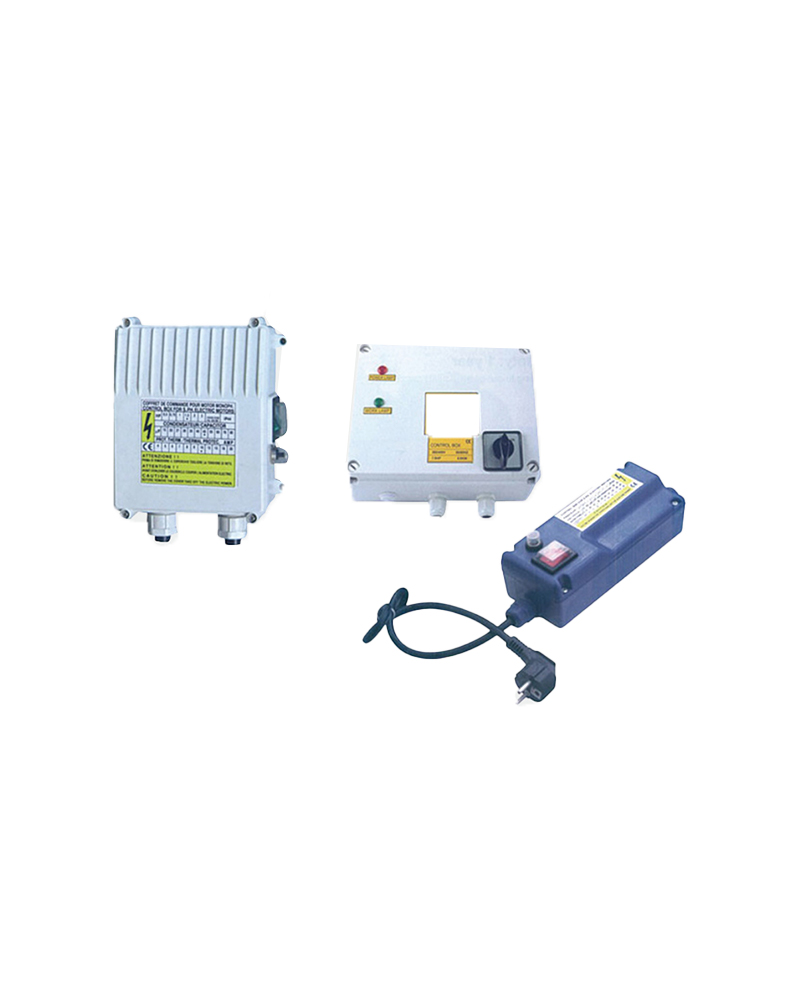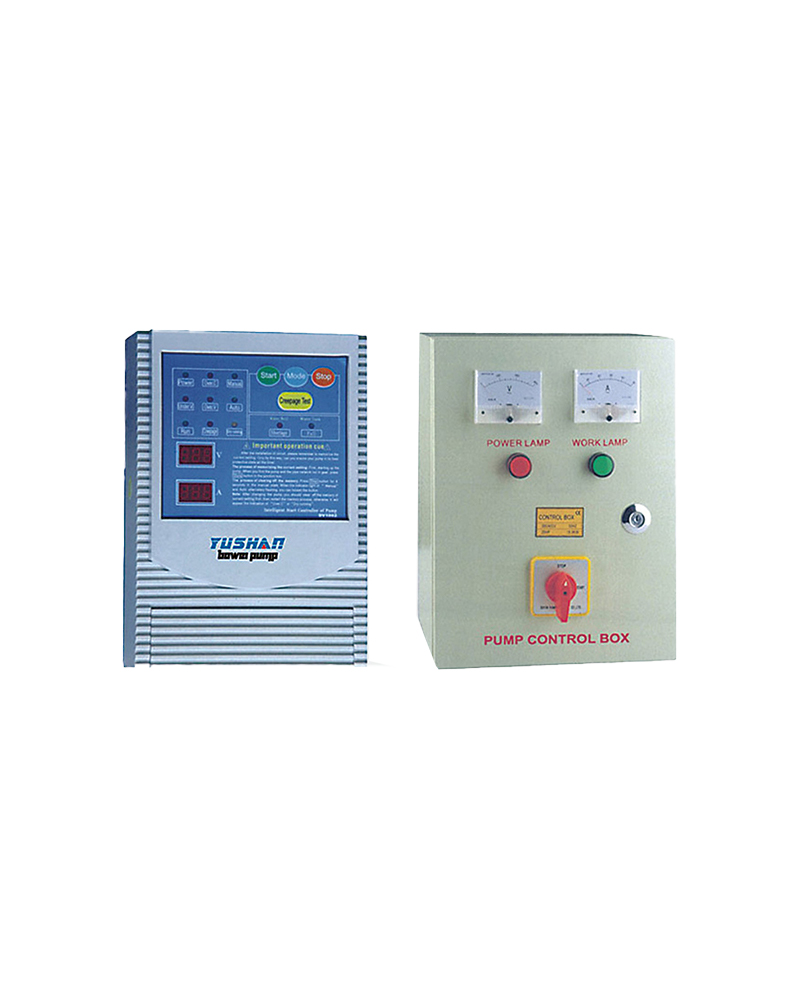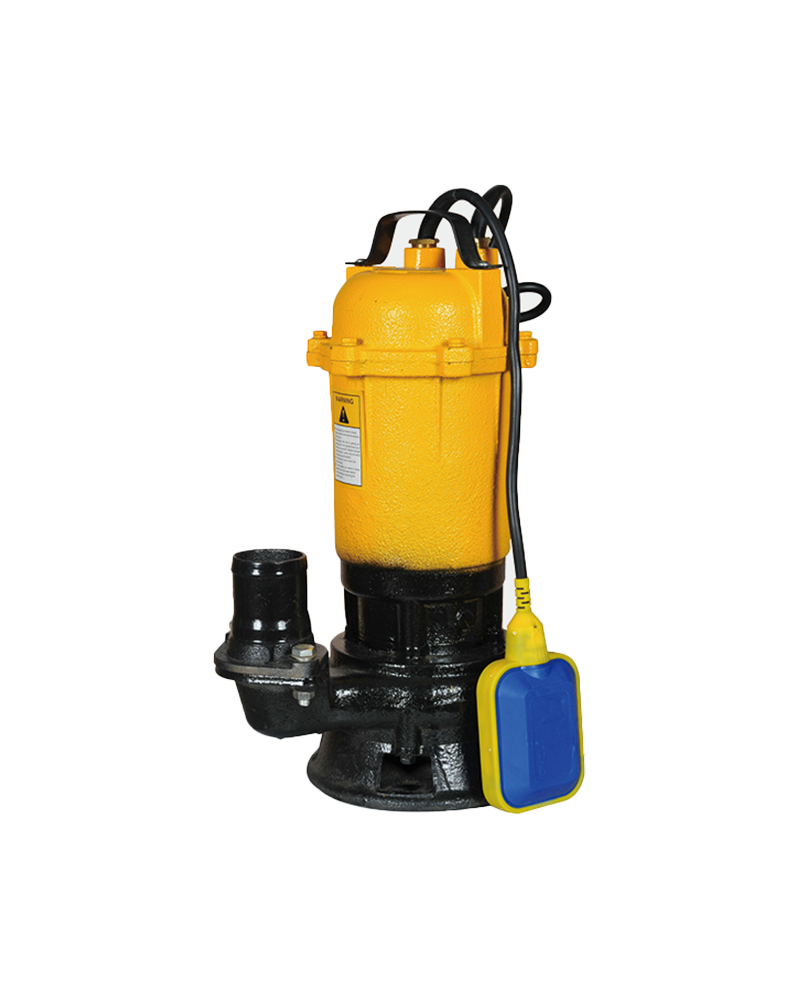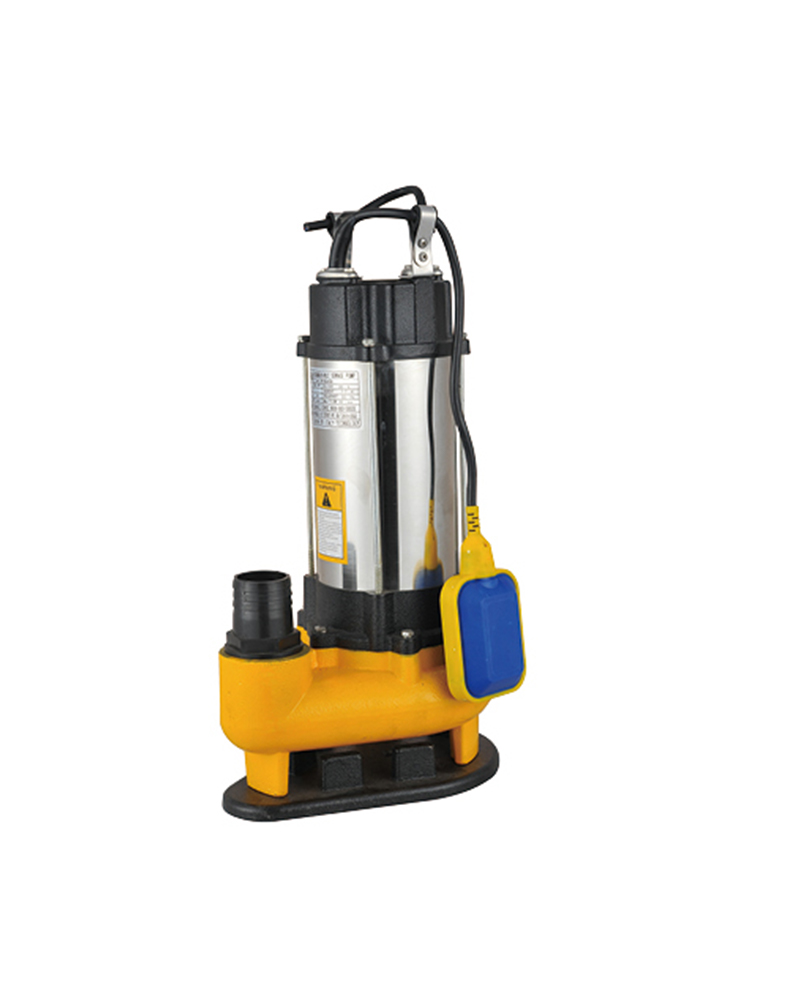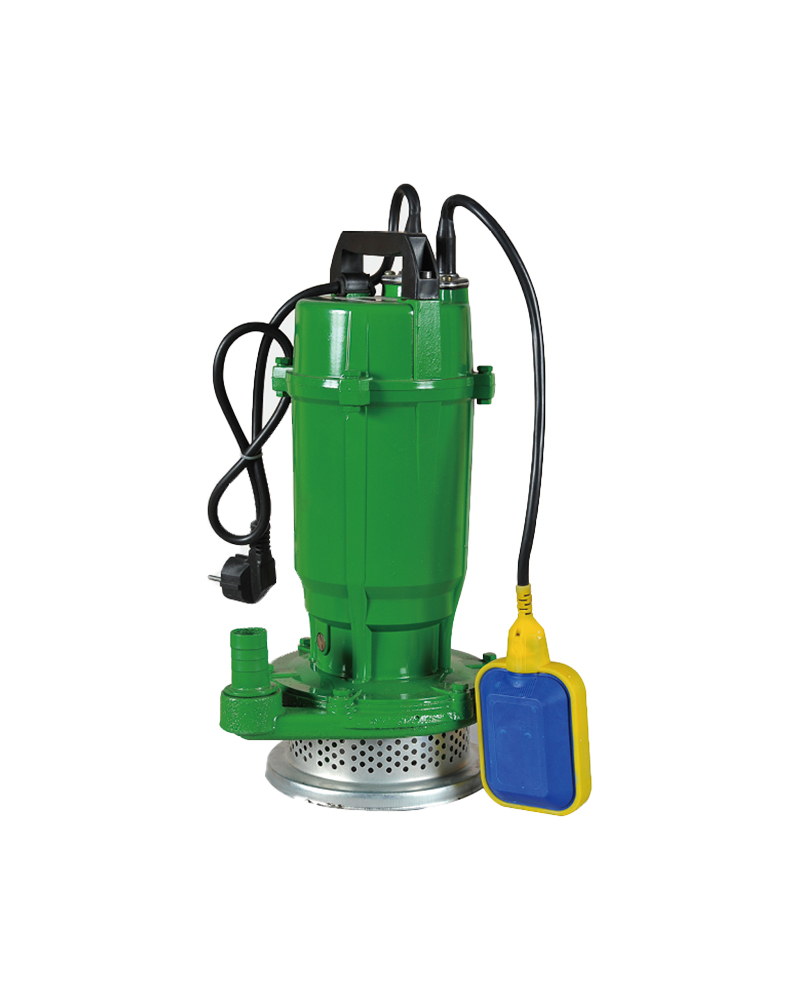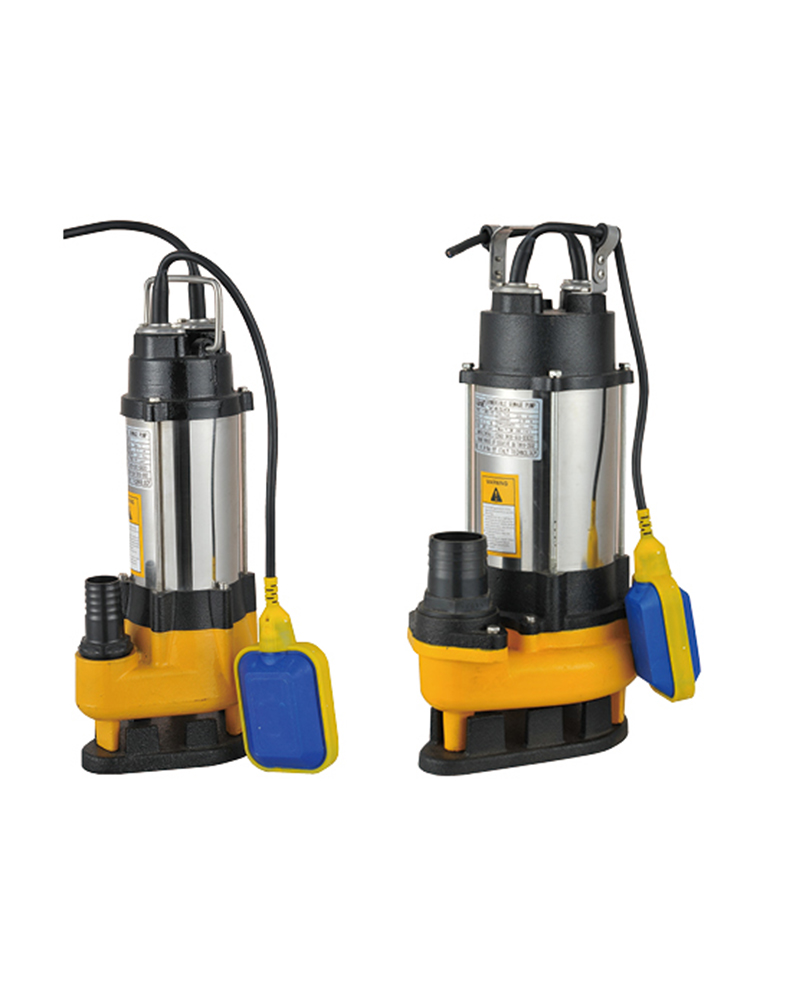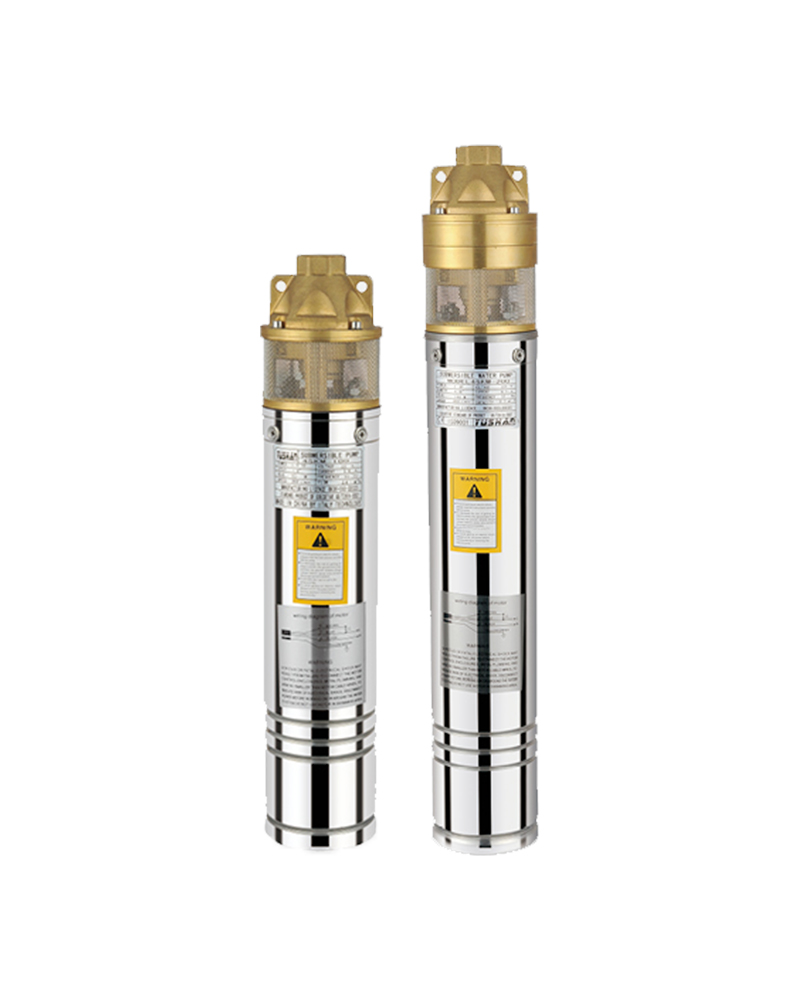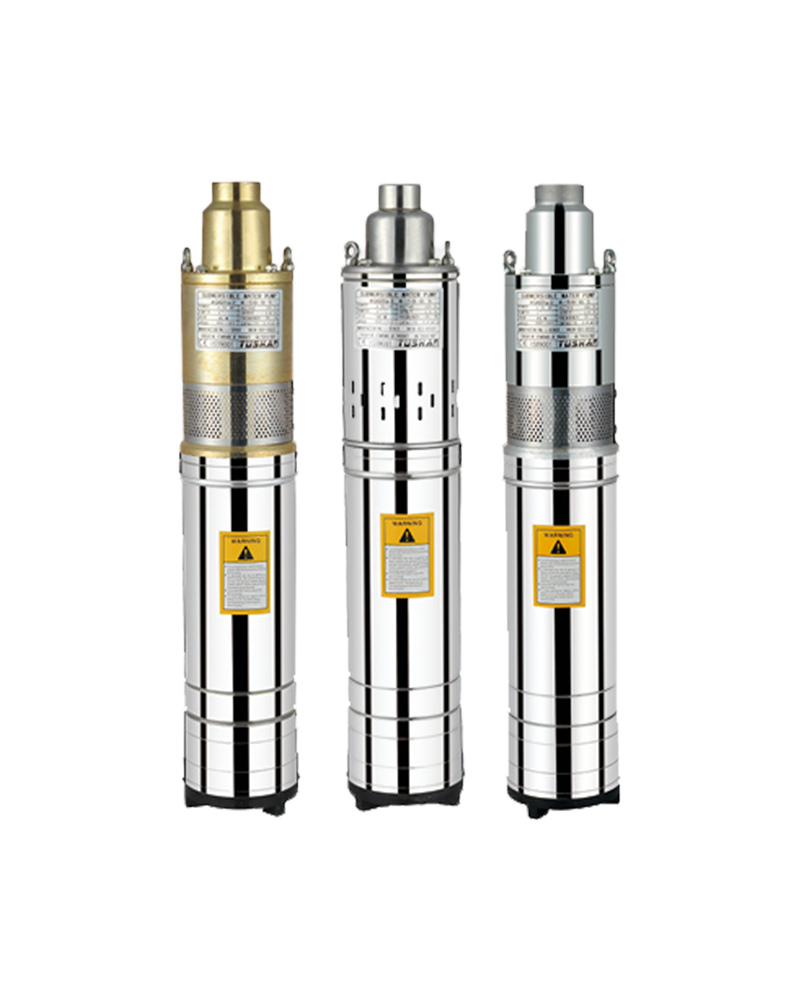Installing a surface pump for an irrigation system involves several steps. Here's a general guide to help you with the installation process:
Determine the Pump Type: Surface pumps come in different types, such as centrifugal or self-priming pumps. Choose a pump that is suitable for your specific irrigation needs and the available power source.
Gather the Required Tools and Materials: To install the pump, you'll need tools like a shovel, wrenches, pliers, pipe cutter, PVC glue, Teflon tape, and materials like pipes, fittings, and electrical wiring.
Locate a Suitable Pump Location: Find a suitable location for the pump near your water source, ensuring it is on a stable and level surface. Make sure there is enough space for the pump, piping, and any required electrical connections.
Prepare the Suction Line: Dig a trench for the suction line from the water source to the pump location. The size of the suction line will depend on the pump specifications and the required flow rate. Use appropriate pipes and fittings for this purpose.
Install the Foot Valve: Install a foot valve or a strainer at the end of the suction line in the water source. This prevents debris from entering the pump and causing damage. Make sure it is properly secured and sealed.
Connect the Suction Line: Connect the suction line to the foot valve and run it to the pump location. Ensure the connections are tight and leak-free. Use Teflon tape or pipe thread sealant on threaded connections.
Install the Pump: Position the pump in its designated location, making sure it is secured and level. Follow the manufacturer's instructions to connect the suction line to the pump's inlet, using appropriate fittings.
Prepare the Discharge Line: Determine the route for the discharge line from the pump to your irrigation system. Dig a trench, if necessary, and lay the pipe using suitable fittings and supports. Ensure the discharge line has the correct diameter for optimal flow.
Connect the Discharge Line: Connect the discharge line to the pump's outlet using appropriate fittings. Again, ensure the connections are secure and leak-free.
Electrical Connections: If your pump requires an electrical power supply, consult a licensed electrician to install the necessary wiring and electrical components, such as a motor starter, circuit breaker, or switch. Electrical connections should comply with local regulations and safety standards.
Prime the Pump (if required): Follow the manufacturer's instructions to prime the pump, if it is not a self-priming type. Priming typically involves filling the pump and suction line with water to create the necessary suction.
Test the System: Before connecting the irrigation system, test the pump to ensure it is functioning properly. Turn on the power supply and check for any leaks, abnormal noises, or other issues. Monitor the pump's pressure and flow rate to verify its performance.
Connect the Irrigation System: Once the pump is working correctly, connect your irrigation system to the discharge line. Install any necessary valves, filters, or pressure regulators as per your system design. Make sure all connections are secure and properly sealed.
Adjust and Fine-tune: Finally, adjust the pump's pressure settings, if applicable, to match the requirements of your irrigation system. Monitor the system for a while to ensure it operates efficiently and delivers water as expected.
Product
JET/JSW 4STM Cast Iron pump body surface punp
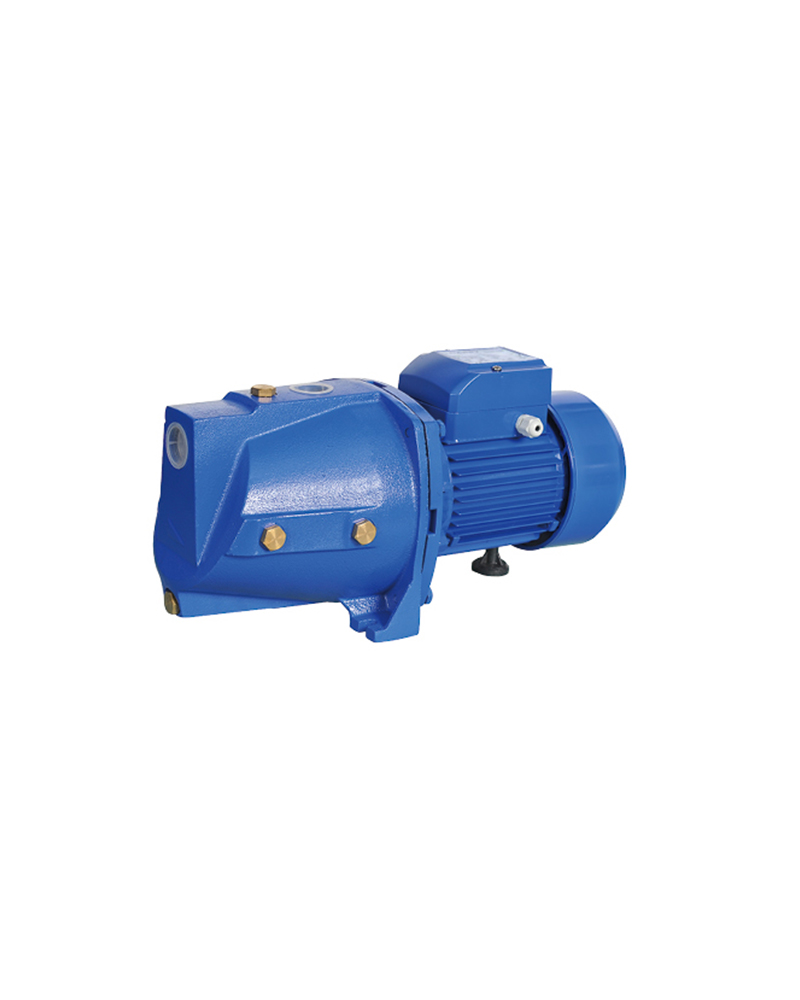
Product
JET/JSW 4STM Cast Iron pump body surface punp

A cast iron pump body is a type of pump housing that is made by pouring molten iron into a mold. The surface of a cast iron pump body may be smooth or have a textured finish, depending on the manufacturing process and the desired end use of the pump. Cast iron is a strong and durable material that can withstand high pressure and corrosive environments, making it well-suited for use in pumps that handle harsh liquids or chemicals.
This method of manufacturing creates a durable and robust pump body that is suitable for a wide range of industrial and commercial applications. The surface of a cast iron pump body may be painted or coated for protection against corrosion and wear.
A cast iron pump body is a type of pump housing made from cast iron, a metallic material that is known for its durability and resistance to wear and tear. The surface of a cast iron pump body may be smooth or textured, depending on the manufacturer's design and the intended use of the pump. The surface of the pump can also be treated in different ways to prevent corrosion or improve wear resistance.It is a commonly used material for water and sewage pump, industrial machinery, and many more fields.



 English
English
 Español
Español
 عربى
عربى
